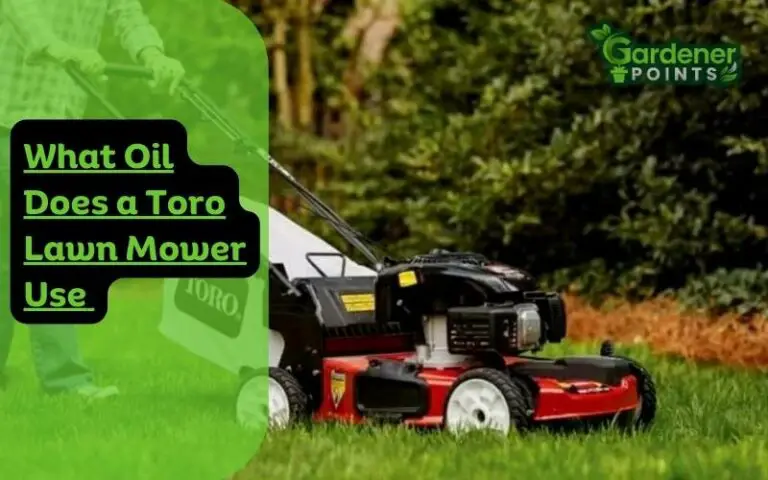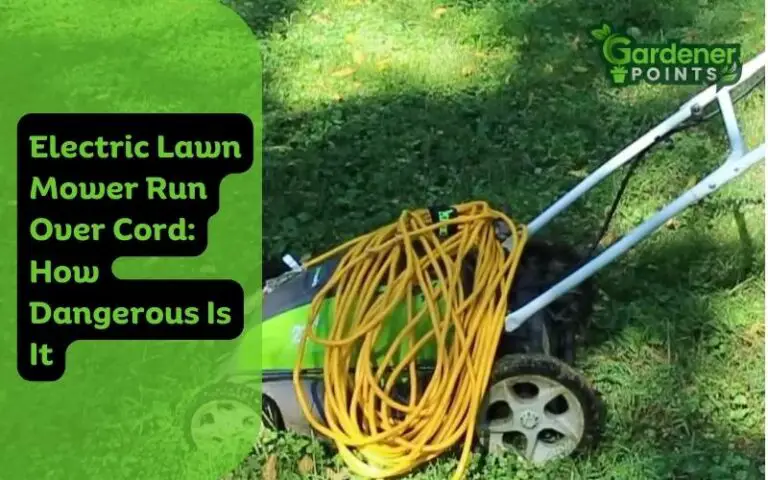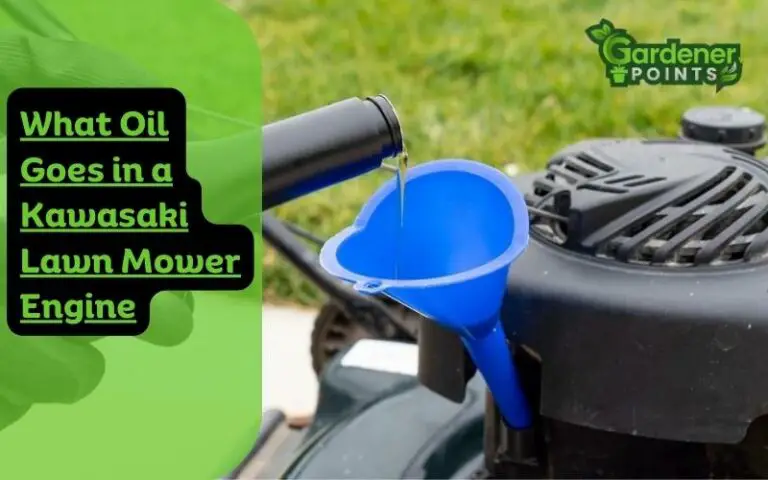How to Fix Traction Loss On My Zero Turn Mower? (Checkpoints)
When it comes to operating a zero-turn mower, achieving optimal traction is essential for a smooth and efficient mowing experience. However, one common challenge faced by many zero-turn mower owners is the issue of spinning or loss of traction, particularly when mowing on uneven or slippery terrain.
If you find yourself struggling to maintain control and prevent your zero-turn from spinning, it’s crucial to understand the factors that contribute to this problem and explore effective strategies to improve traction.
In this article, we will delve into various techniques and considerations that can help you get better traction on your zero-turn mower, enabling you to overcome spinning and maintain stability while maneuvering through diverse mowing conditions.
Whether you’re a seasoned operator or new to zero-turn mowers, these insights will equip you with valuable knowledge to enhance your mowing performance and ensure a more productive and enjoyable mowing experience.
What Causes Traction Loss in Zero Turn Mowers?
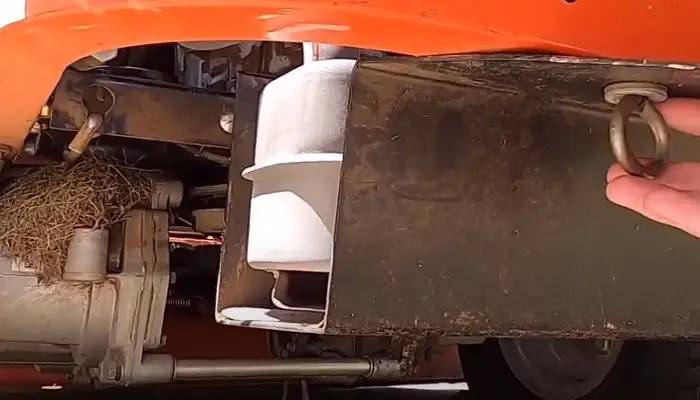
Loss of traction in zero-turn mowers can be attributed to several factors that affect the mower’s ability to maintain grip and maneuver smoothly. Understanding these causes is crucial in finding effective solutions to improve traction. Here are some common factors that contribute to traction loss in zero-turn mowers:
Uneven Terrain:

Uneven or rough terrain poses a significant challenge for maintaining traction. Hills, slopes, bumps, and dips can cause the mower’s wheels to lose contact with the ground, leading to spinning or sliding. The lack of consistent wheel contact hinders the transfer of power and reduces traction.
Wet or Slippery Surfaces:
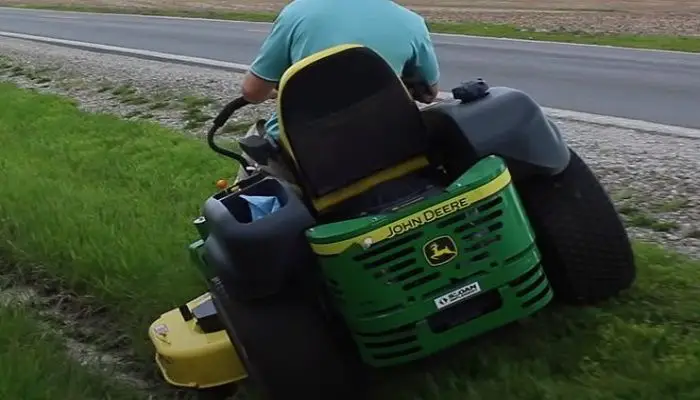
Moisture, such as rain or dew, can create slippery conditions, making it difficult for zero-turn mowers to maintain grip. Grass, leaves, or other debris on the surface can further reduce traction, causing the wheels to spin and slide.
Tire Condition:
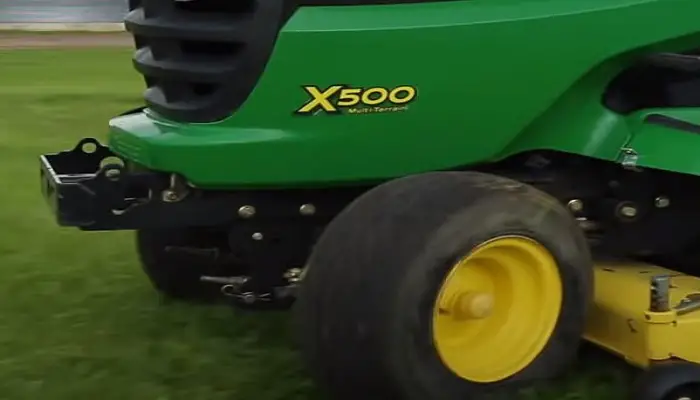
The condition and type of tires play a crucial role in traction. Worn-out or improperly inflated tires can significantly reduce grip on various surfaces. Additionally, the type of tire tread can affect traction performance. Smooth tires might offer better maneuverability but can lack traction, especially in challenging conditions.
Weight Distribution:
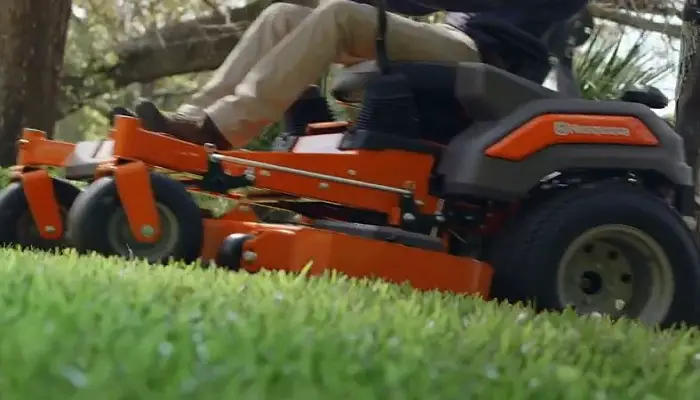
Improper weight distribution on a zero-turn mower can lead to traction problems. If the weight is not evenly distributed between the front and rear wheels, it can cause the wheels to lose grip, especially during sharp turns or when climbing inclines.
Operating Speed:

The speed at which you operate the zero-turn mower can also impact traction. Going too fast can reduce the mower’s ability to maintain grip, especially on slippery or uneven terrain. It is important to operate at a moderate speed that allows the wheels to maintain contact with the ground.
Inadequate Maintenance:
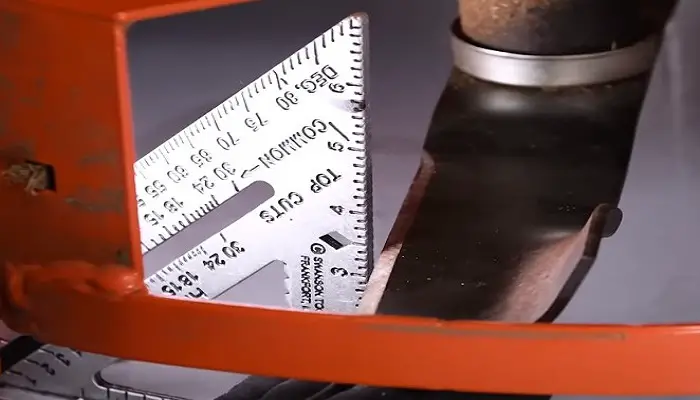
Lack of proper maintenance can contribute to traction loss. Failure to regularly clean the tires, remove debris, and ensure proper tire pressure can lead to reduced traction performance over time.
By identifying these potential causes of traction loss in zero-turn mowers, you can focus on implementing appropriate strategies to address these issues and enhance traction for a smoother and more controlled mowing experience.
How to Improve Traction on Zero Turn Lawn Mowers?
Improving traction on your zero-turn lawn mower is crucial for maintaining control and preventing spinning or sliding, especially when navigating challenging terrain. Here are several strategies you can employ to enhance traction:
Tire Maintenance:
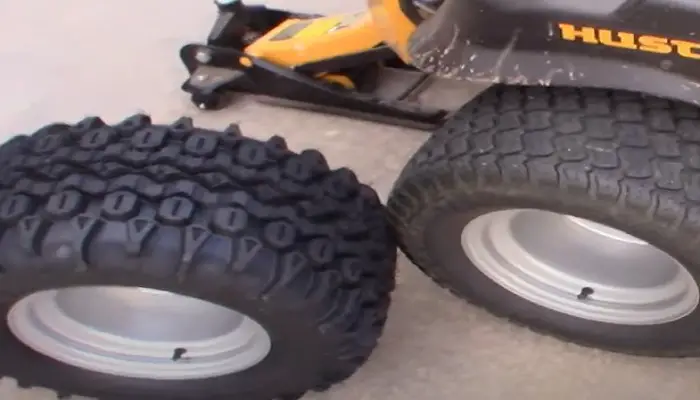
Start by inspecting your mower’s tires regularly. Ensure they are in good condition and properly inflated according to the manufacturer’s recommendations. Underinflated tires can reduce traction, while overinflated tires can result in a harsh ride. Additionally, consider using tires with aggressive tread patterns designed for better traction on various surfaces.
Weight Distribution:
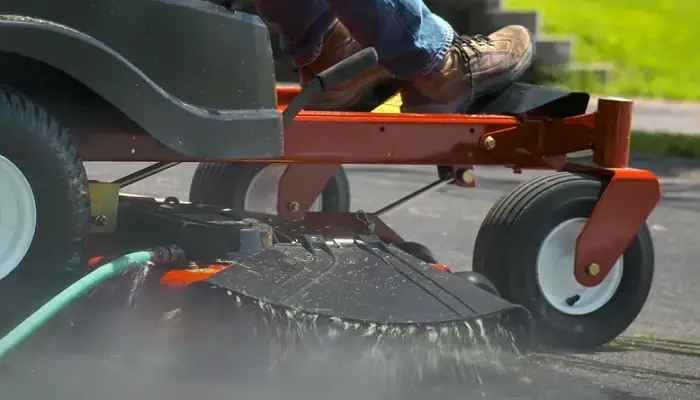
Proper weight distribution is essential for improving traction. If your zero-turn mower allows for it, consider adding weight to the rear wheels or attaching additional weight to the mower to increase traction. This added weight helps increase downward force and grip on the drive wheels, especially when navigating slopes or uneven terrain.
Traction Aids:
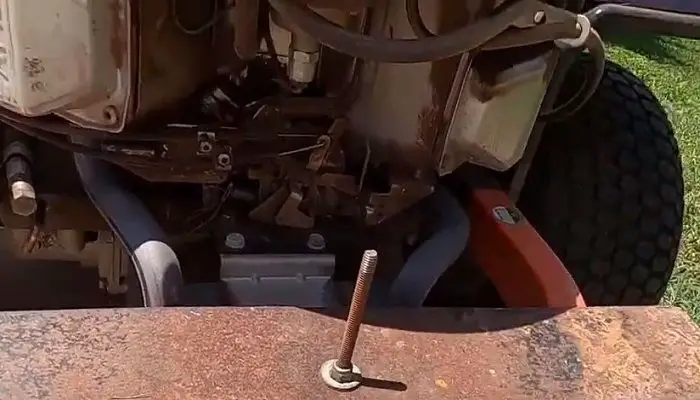
In situations where you anticipate encountering slippery or challenging surfaces, using traction aids can significantly improve grip. Tire chains or tire studs can provide additional traction by biting into the ground, especially on icy or muddy terrain. However, ensure that your mower is compatible with these traction aids and follow the manufacturer’s guidelines for proper installation.
Slow Down:

Operating your zero-turn mower at a moderate speed can help improve traction. Slowing down allows the mower’s wheels to maintain better contact with the ground, reducing the chances of spinning or sliding. Adjust your speed based on the terrain conditions, particularly on uneven or slippery surfaces, to maintain better control.
Mow in Dry Conditions:
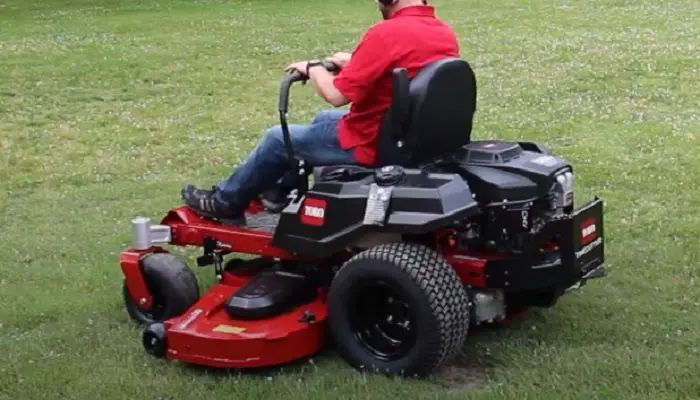
Whenever possible, choose to mow your lawn when the grass is dry. Wet grass can be slippery, significantly reducing traction. If you must mow in damp conditions, consider waiting until the grass has dried out a bit to improve traction.
Proper Technique:
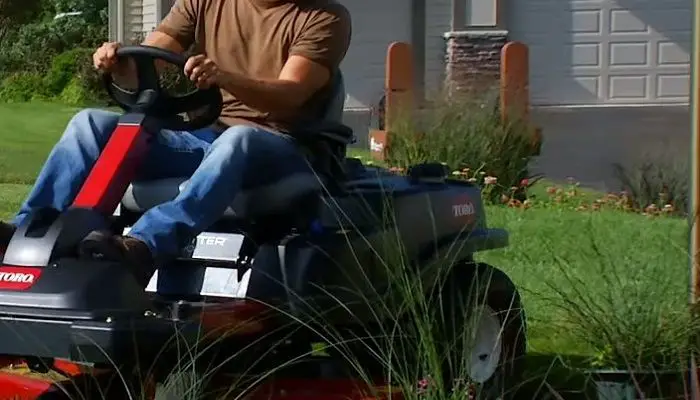
Employing proper mowing techniques can also contribute to better traction. When making turns, try to execute them gradually rather than making sharp, abrupt turns. This allows the wheels to maintain better grip during the maneuver. Additionally, avoid sudden acceleration or deceleration, as it can cause the wheels to spin.
Clear the Mowing Area:
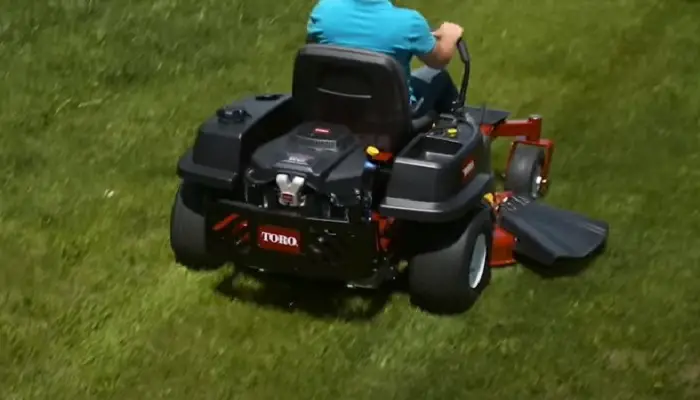
Before you start mowing, clear the area of any debris, such as branches, rocks, or large clumps of grass. These obstacles can interfere with the mower’s ability to maintain traction and cause unnecessary spinning or sliding.
By implementing these strategies and considering the specific conditions you’re mowing in, you can significantly improve traction on your zero-turn lawn mower. Remember to prioritize safety and always follow the manufacturer’s guidelines and recommendations for your specific mower model.
FAQs
Can I Improve Traction On My Zero-Turn Mower By Using Tire Chains?
Yes, tire chains can improve traction on your zero-turn mower, especially on slippery or icy surfaces. They provide additional grip by biting into the ground. However, it’s important to ensure that your mower is compatible with tire chains and follow the manufacturer’s guidelines for proper installation and usage.
How Often Should I Check The Tire Pressure On My Zero-Turn Mower?
You should check the tire pressure on your zero-turn mower regularly, ideally before each mowing session. Properly inflated tires ensure optimal traction. Refer to your mower’s manual for the recommended tire pressure and use a tire pressure gauge to check and adjust the pressure as needed.
Is It Necessary To Add Weight To The Rear Wheels Of My Zero-Turn Mower For Better Traction?
Adding weight to the rear wheels can improve traction on your zero-turn mower, especially when navigating slopes or uneven terrain. However, it may not be necessary in all situations. Assess the terrain you’ll be mowing and consider adding weight if you anticipate traction issues. Consult your mower’s manual for instructions on adding weight safely.
Can I Use My Zero-Turn Mower On Wet Grass Without Losing Traction?
While zero-turn mowers can handle damp or slightly wet grass, mowing on excessively wet grass can reduce traction and lead to spinning or sliding. It’s best to wait until the grass has dried out a bit to improve traction and prevent damage to your lawn.
Why Does Weight Distribution Affect Traction On A Zero-Turn Mower?
Proper weight distribution on a zero-turn mower ensures that the drive wheels maintain good contact with the ground, enhancing traction. Uneven weight distribution can cause the wheels to lose grip, especially during turns or when navigating slopes. By balancing the weight distribution, you improve stability and increase the downward force on the drive wheels, resulting in better traction.
Conclusion
Achieving better traction on your zero-turn mower is essential for maintaining control and preventing spinning or sliding, especially when tackling challenging terrain.
By understanding the causes of traction loss and implementing effective strategies, such as proper tire maintenance, weight distribution, and adjusting operating speed, you can significantly enhance traction and maneuverability.
Additionally, considering traction aids and mowing in optimal conditions can further improve grip. Regularly inspecting your mower, following manufacturer guidelines, and prioritizing safety are key.
With these techniques and considerations in mind, you’ll be well-equipped to optimize traction, ensuring a smoother and more productive mowing experience.

Say hello to Afrabby – your go-to research expert turned gardening expert, lawn care aficionado, and a skilled lawn mower mechanic! With years of hands-on experience and a passion for cultivating lush green landscapes, Afrabby is your partner in achieving the lawn of your dreams.
Whether you’re seeking expert advice on plant selection, weed control, or optimal mowing techniques, Afrabby’s got you covered. Equipped with the knowledge to diagnose and fix mower troubles, your lawn equipment is in safe hands. Let Afrabby transform your outdoor space into a stunning oasis you’ll love to show off!

![New Holland 134 Hydraulic Oil Equivalent [All You Must Know]](https://gardenerpoints.com/wp-content/uploads/2023/09/New-Holland-134-Hydraulic-Oil-Equivalent-768x480.jpg)
